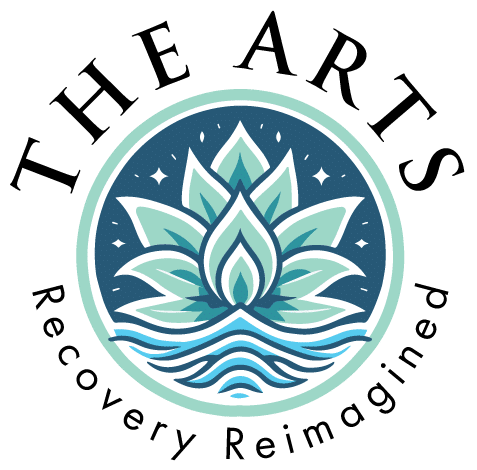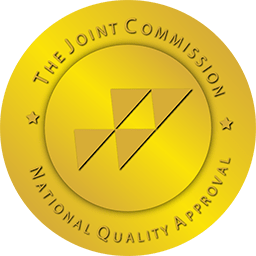Managing one’s pain symptoms can range from straightforward to complex or even extremely difficult in cases of chronic pain. For some, a “puzzle of pain” is one way of referring to how some think about and manage their pain symptoms. Studies from 2016 to 2021 have indicated that more than 20% of adults in the U.S. suffer from chronic pain, so if you have or are experiencing significant pain, you’re not alone. Research on understanding pain continues, and work to create better, less addictive analgesics (also known as “painkillers”) is underway. Shifts toward treating pain more holistically and safely are underway. In the meantime, painkillers are still very much a part of pain management in medical settings, whether you have chronic or acute pain.
Why Are Painkillers Addictive?
Under the umbrella of analgesics, or painkillers, there are two main types you are probably familiar with: anti-inflammatories and opioids. Anti-inflammatories include acetaminophen like Tylenol, aspirin, or nonsteroidal anti-inflammatory drugs (NSAIDs) like ibuprofen or naproxen. These reduce swelling at the site of your pain.
Opioids have three classes (natural, semi-synthetic, like morphine, and synthetic, such as fentanyl, which has no natural ingredients). Opioids include prescription medications like oxycodone (OxyContin®), hydrocodone (Vicodin®), and illegal drugs (such as heroin).
Opioids are effective because they block the signals of pain and change your brain’s perception of pain, providing feelings of happiness and relaxation instead. They are addictive because a person may want to repeat those good feelings. Repeated opioid use can lead to dependence, and factors like family history, lifestyle, and one’s environment can also play a role in opioid addiction.
What Are the Most Addictive Painkillers?
The most addictive painkillers are opioids. Some of the most addictive painkillers include these opioids:
- Oxycodone (OxyContin, Percocet)
- Hydrocodone (Vicodin, Norco)
- Fentanyl
- Morphine
- Codeine
The National Institute on Drug Abuse (NIDA) shares a brief history of the opioid crisis starting in the 1990s, which was largely caused by the misuse of prescription opioids. The data beginning in 2010 revealed overdose deaths increasingly involved heroin, and the current fentanyl crisis began in 2013. Illegal drugs often contain hidden ingredients, such as methamphetamines or cocaine, which leads to further addiction and more overdose deaths. Deaths among adolescents have increased significantly because of the fentanyl often contained in fake pills.
Using Painkillers Safely
While painkillers are effective at managing pain, it is important to use them safely and understand the risk of addiction. Only use them as directed by a healthcare provider, read the labels, avoid mixing with other drugs or alcohol, monitor yourself or your loved one for signs of dependence, and don’t share your painkillers or use painkillers prescribed to others.
When possible, consider alternative pain management options such as physical therapy, massage therapy, or non-addictive medications. Some studies have shown that cognitive behavioral therapy (CBT) can be effective for chronic pain, and sometimes even dietary or lifestyle changes can provide positive outcomes.
From a public health perspective, The National Institutes of Health (NIH) has started the HEAL Initiative (Helping to End Addiction Long-term®), an effort to slow down and stop the opioid epidemic. Efforts like this are helping to educate people to manage and treat their pain more safely.
Addiction Treatment from The ARTS
The opioid crisis is a public health emergency. The NIDA reported that nearly 2.5 million people had an opioid use disorder (OUD) in 2021. If you or a loved one are struggling with addiction, you are not alone. At The ARTS (Absolute Recovery Therapeutic Solutions), we offer inpatient and outpatient addiction treatment. Our experienced and compassionate treatment providers understand that addiction impacts everyone differently. To learn more about how we can help and start your journey to healing and recovery, please contact us today.





